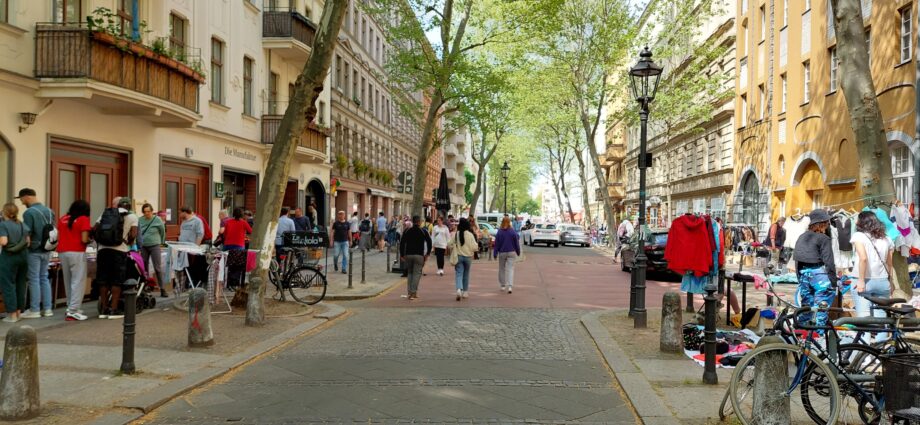Introducing our Berlin-based Correspondent Maria Valeria Felix!
In January 2022 we launched the Global Walkability Correspondents Network, as a way to build solidarity among walkability advocates around the world and continue to create media on sustainable mobility and urbanism.
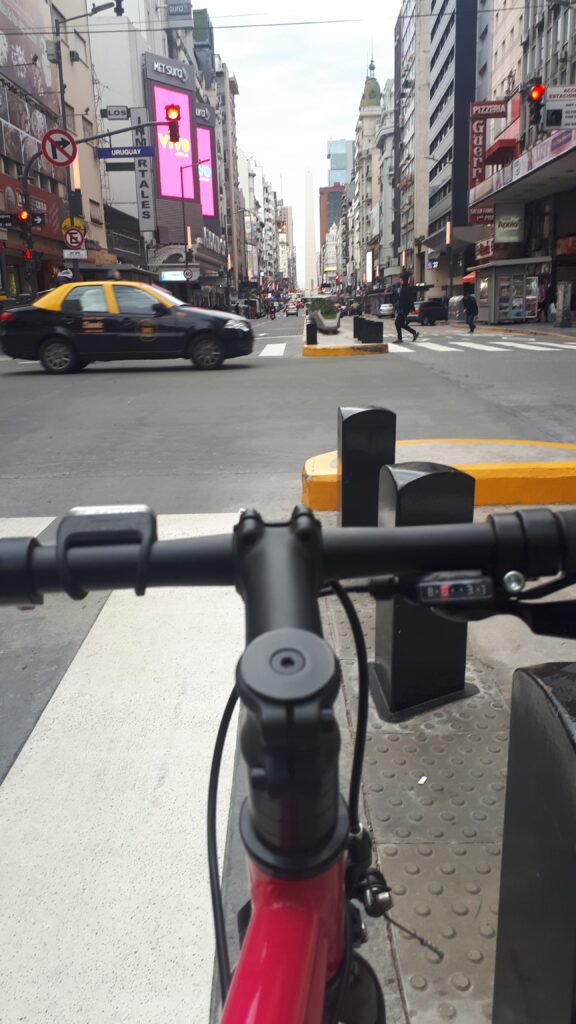
We welcome Valeria as a Buenos Aires and Berlin Correspondent to our growing network of individuals who are passionate walkability advocates.
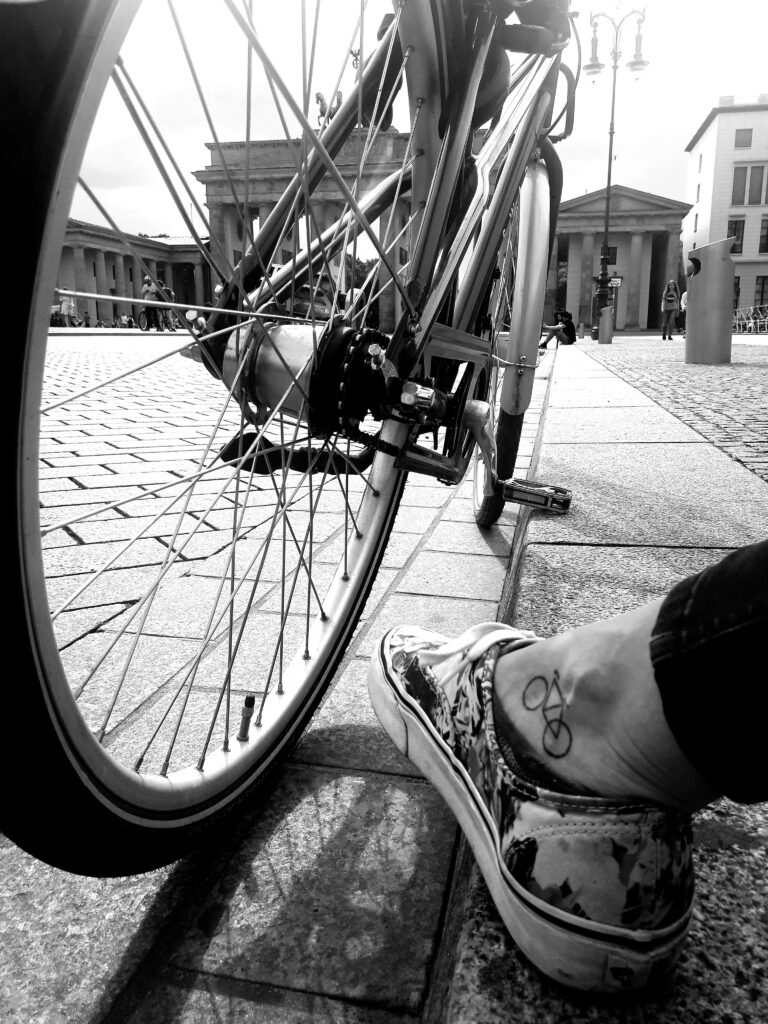
To break this system of automobility, we need to promote sustainable mobility alternatives in cities; and it is crucial to develop walkable cities, where public spaces are designed for people and not to serve the car.

WHO
After having worked in the public and private sector, in many architectural firms, infrastructure and engineering companies in Argentina and The Netherlands, I realised that something was missing for me. Although I really enjoyed my profession as an architect, I wanted to do something on a larger scale, with a greater impact on people’s lives. This is what inspired me to do a Dual Master’s degree in the field of Urban Planning and Mobility.
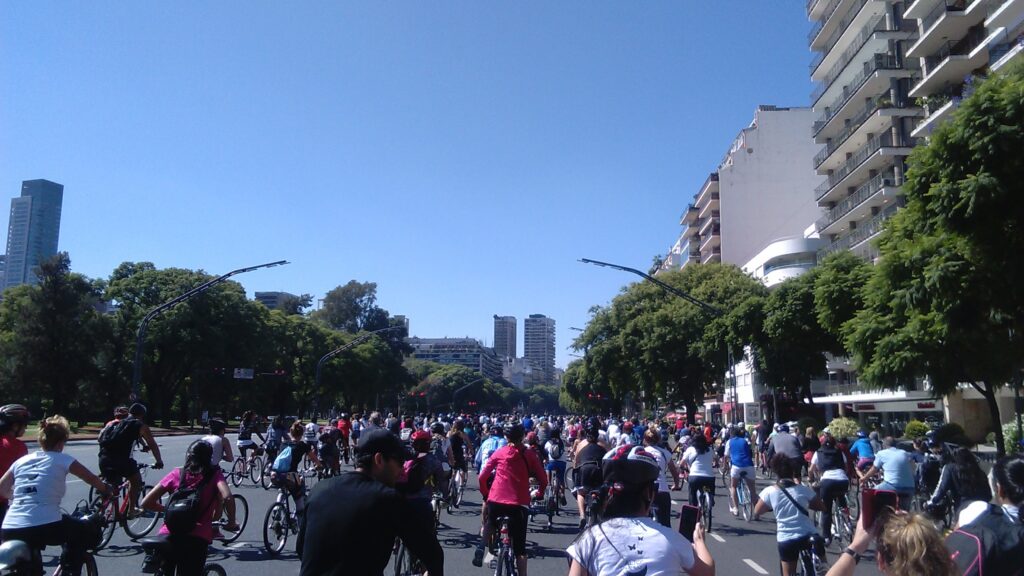
Although the city has an extensive and good public transport network, car culture is still very stong in this country.
-on berlin
There are other reasons that have influenced me as well, such as my passion for travelling and curiosity to discover other cities and cultures. Furthermore, I am an advocate of sustainable mobility and I love cycling.
I am currently living in Berlin -Germany, but I am always on the move and looking for new challenges!
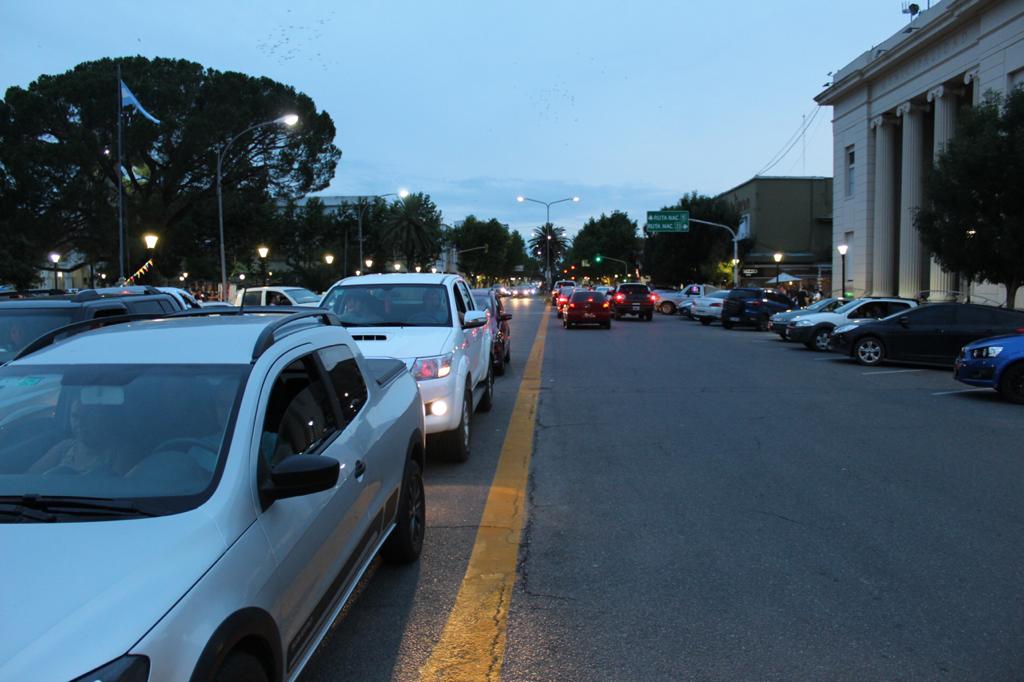
WHERE
I grew up in Trenque Lauquen, a small town in the province of Buenos Aires, Argentina. Although it is a green city with short commuting distances and favourable characteristics for active mobility like walking and cycling, the car culture is deeply rooted in the people.

This phenomenon of car dominance and dependence, have generated adverse impacts globally, in economic, social and environmental terms. Negative effects include pollution, noise, climate change, accidents, congestion, loss of public space and social interaction, health problems, among others.
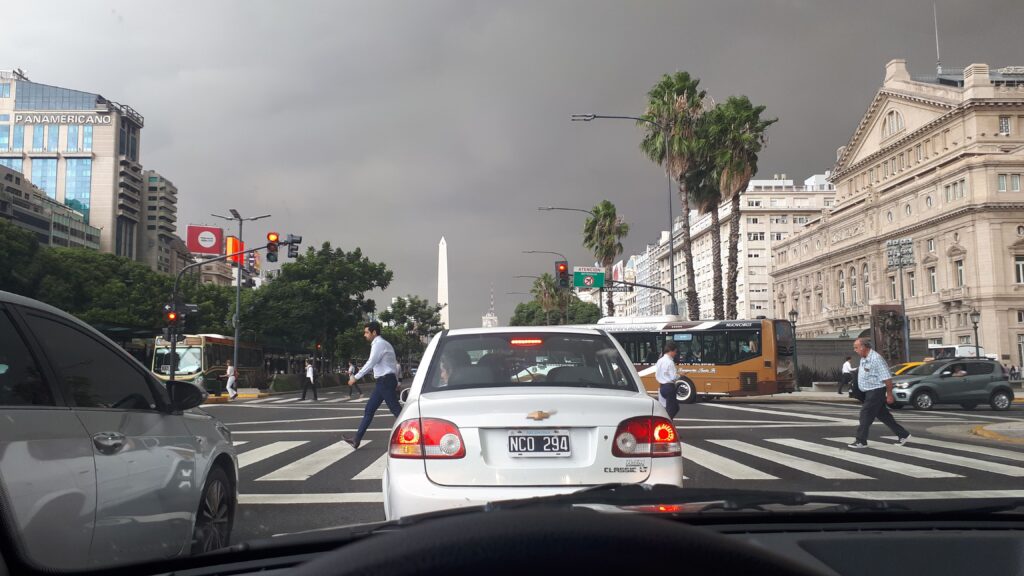
When I finished high school, I moved to Buenos Aires -the largest city in the country- to study architecture. Not only was it the first time for me to live in such a large-scale city, but it was also the first time I lived in a city with public transport. That had a big impact on my daily life. I had to develop new skills that I had never needed before, such as using maps to get around the city, or calculating in advance the extra time to get to certain places. It even influenced the area I chose to live in, trying to minimise commuting times to university – although that’s almost impossible to predict… traffic jams are a constant in Buenos Aires. Thus, over time I switched to cycling.
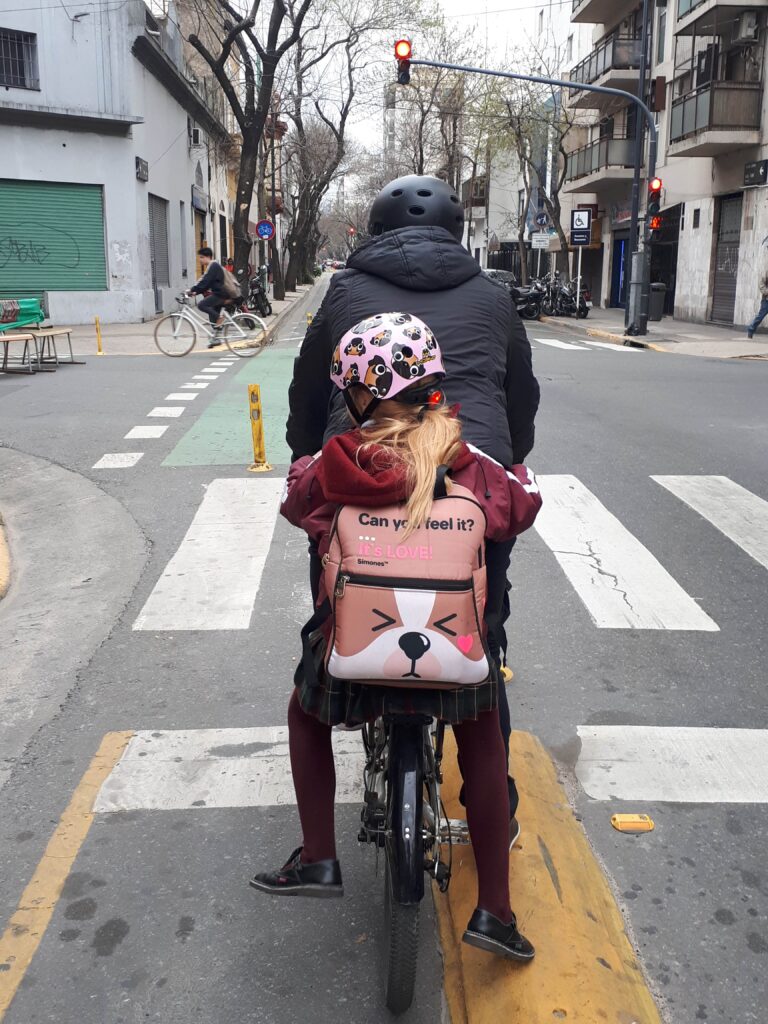
Although it is a green city with short commuting distances and favourable characteristics for active mobility like walking and cycling, the car culture is deeply rooted in the people.
On Trenque Lauquen
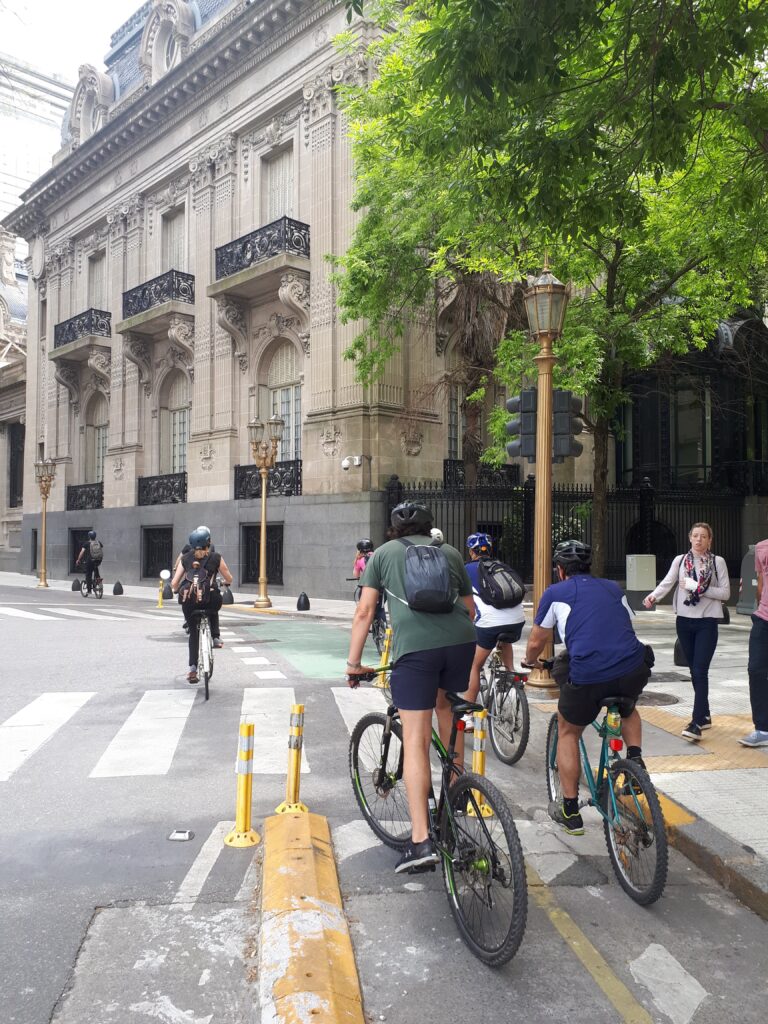
After many years and several jobs, I moved to Delft -The Netherlands. Although it is a city with all the infrastructure and services of a large city, it is a medium-sized city with 100,000 inhabitants; and even though it is twice the size of my home town, most people move around on foot or by bicycle. In Delft I further developed my love for cycling.
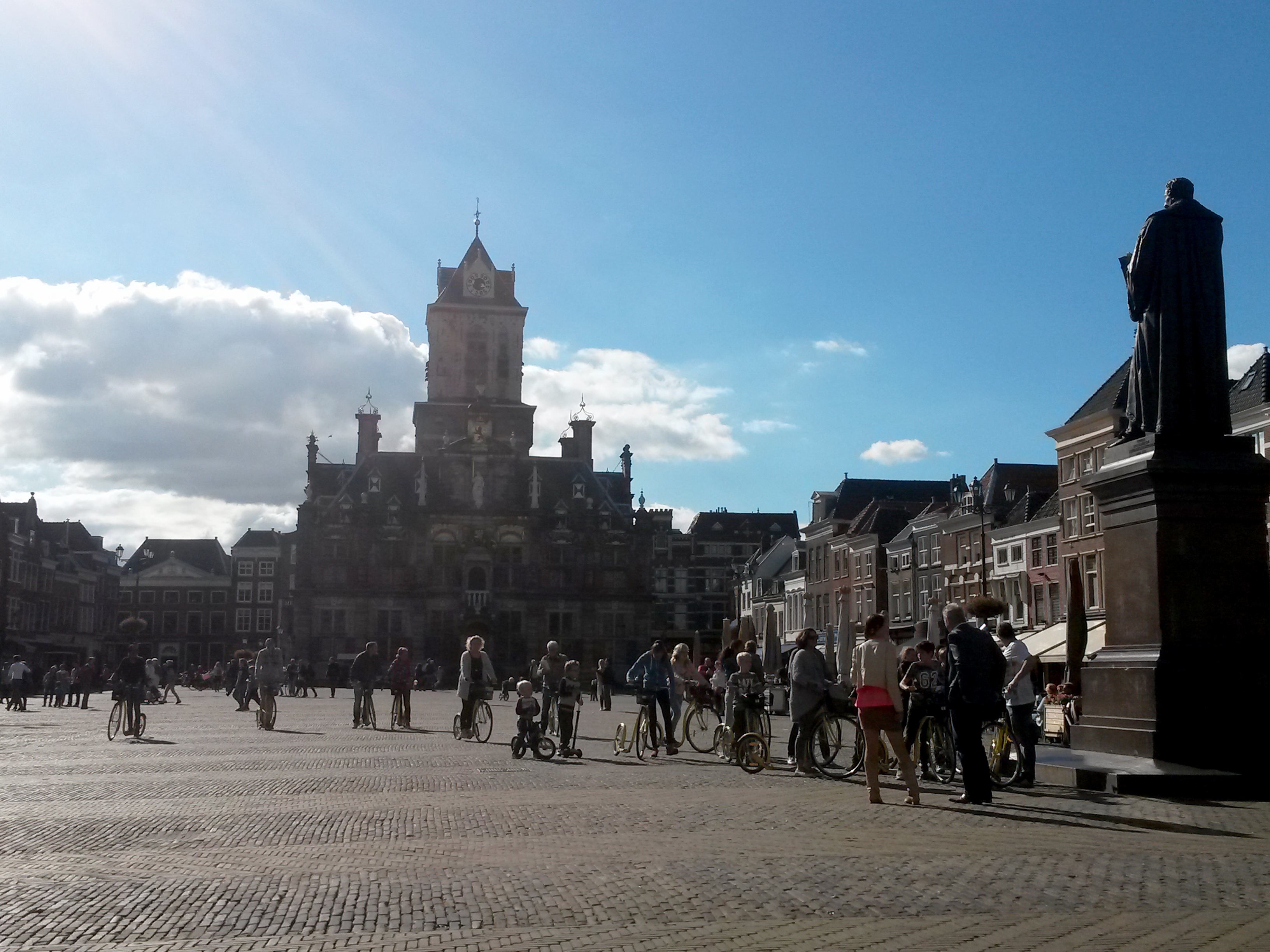
Finally, I ended up in Berlin, Germany. Although the city has an extensive and good public transport network, car culture is still very stong in this country. However, I still choose to move around by bicycle or multimodal options (train + bike) when distances are very long.
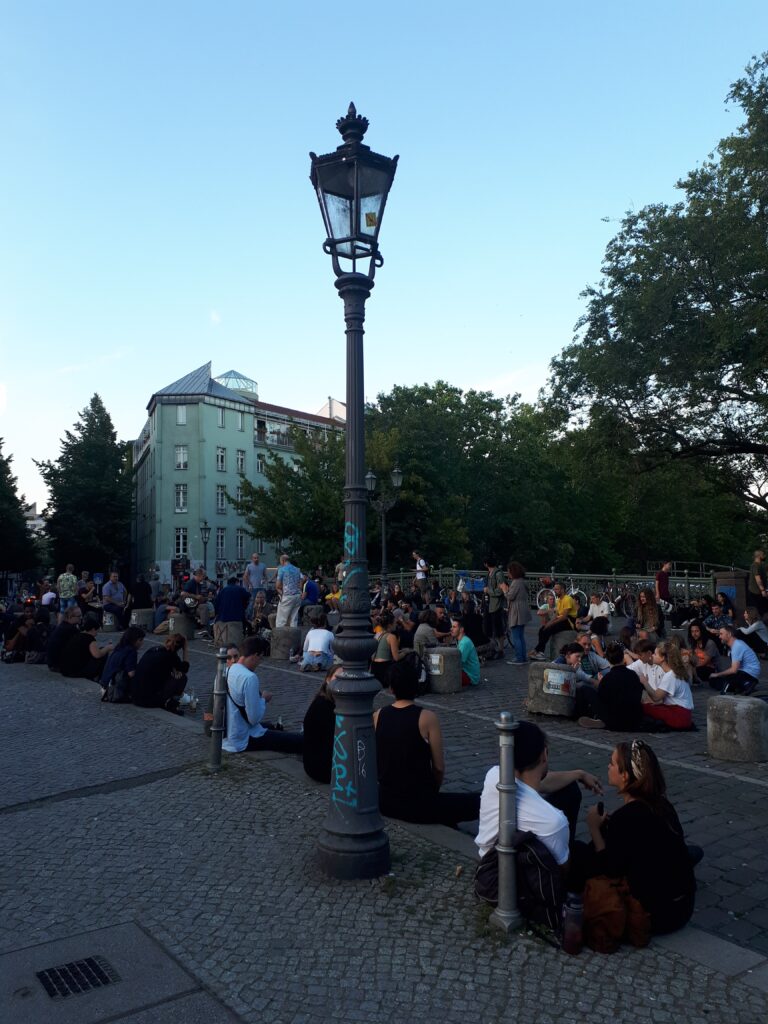
WHY WALKABILITY
As human beings, walking is an essential part of our existence. From a very early age, we learn how to walk and this allows us to move around independently; it gives us freedom. In ancient cities, people moved around on foot. Streets were places of social gathering, economic exchange and much more.
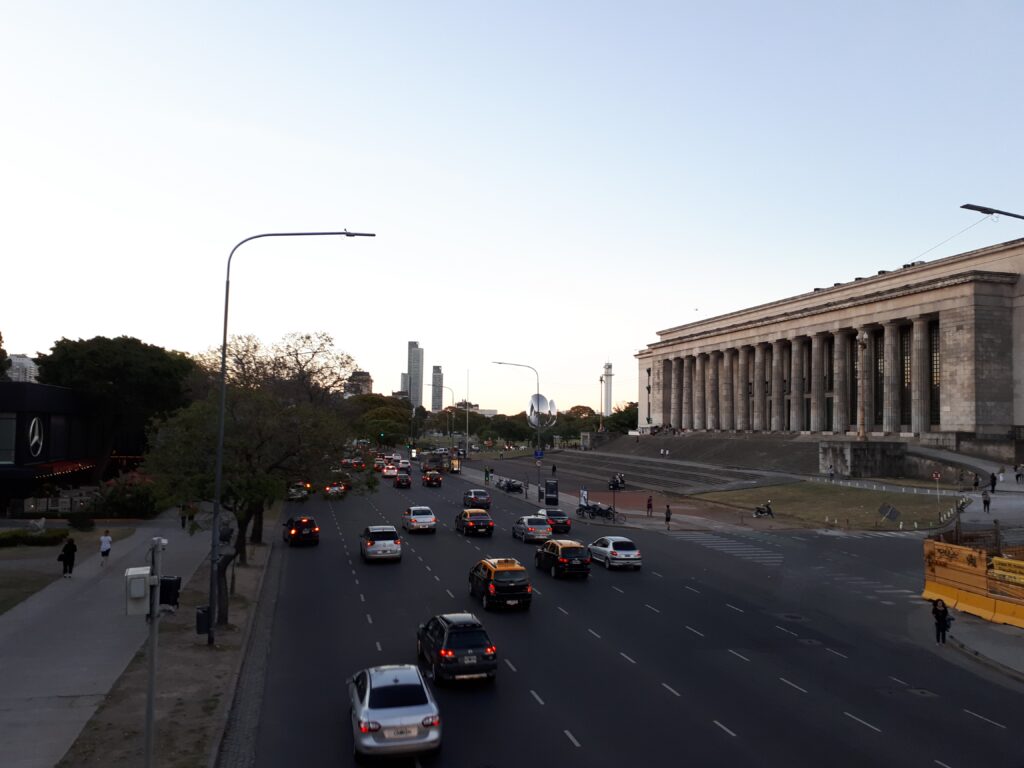
Unfortunately, that has changed over the years. Since the emergence of the Automobility phenomenon, cars have dominated our culture and our daily lives. Cities have changed completely. Billions were invested in car infrastructure and thousands of kilometres of highways and streets were built. Houses were demolished to make space for cars and squares were converted in parking spaces.
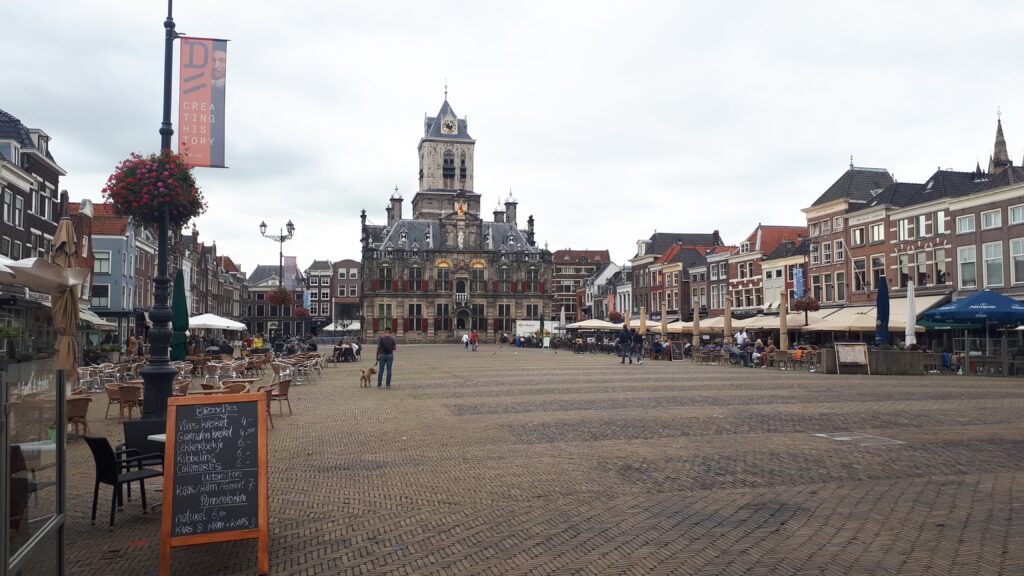
Furthermore, the car has encouraged urban sprawl, generating not only the dispersal of jobs, schools and recreational facilities, but hindering the free movement of pedestrians, cyclist and buses as well. This phenomenon of car dominance and dependence, has generated adverse impacts globally, in economic, social and environmental terms. Negative effects include pollution, noise, climate change, accidents, congestion, loss of public space and social interaction, health problems, among others.
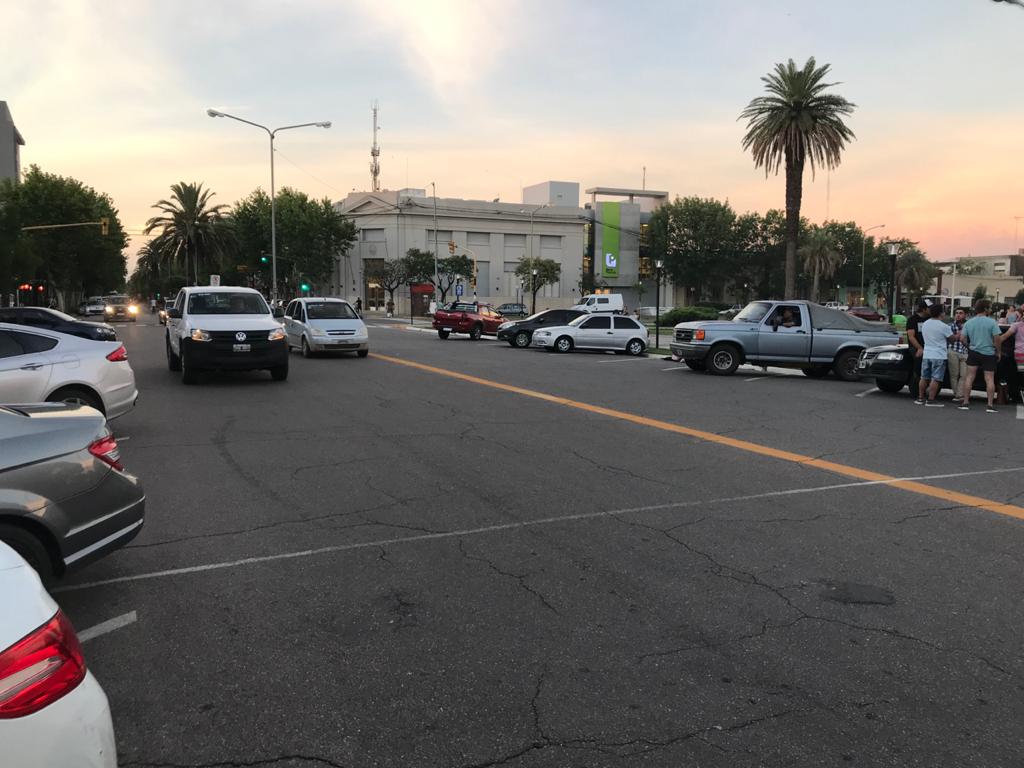
Not only was it the first time for me to live in such a large-scale city, but it was also the first time I lived in a city with public transport. That had a big impact on my daily life. I had to develop new skills that I had never needed before, such as using maps to get around the city, or calculating in advance the extra time to get to certain places.
-on buenos Aires
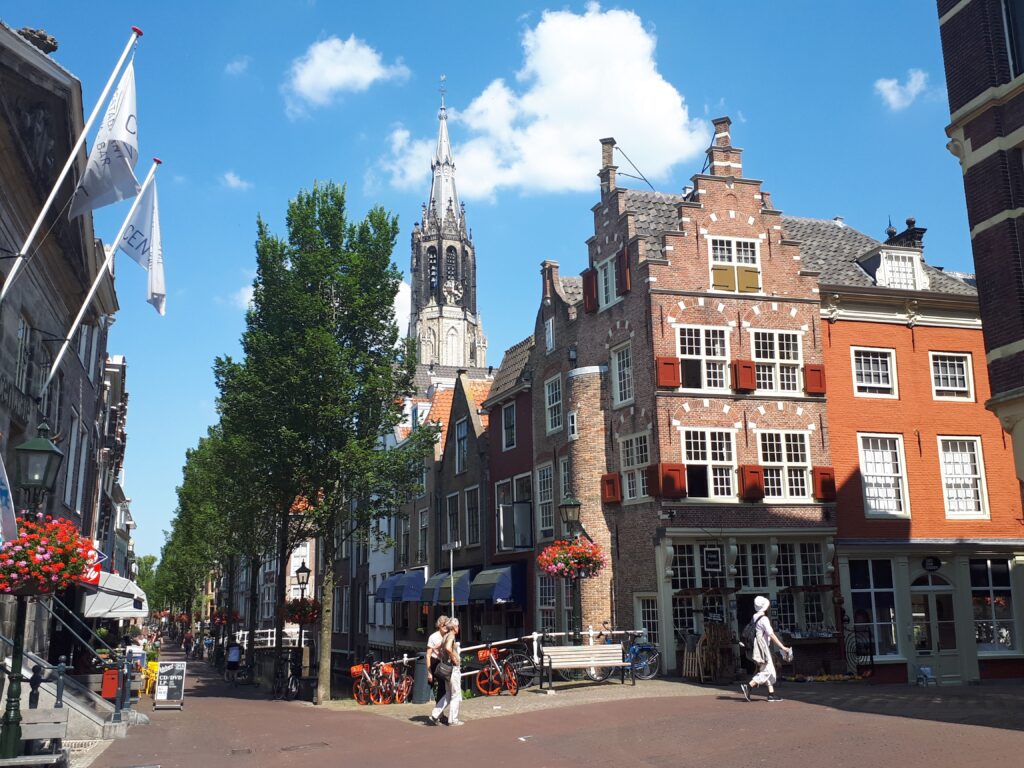
Although all these negative consequences are well known, car culture has hardly been weakened. To break this system of automobility, we need to promote sustainable mobility alternatives in cities; and it is crucial to develop walkable cities, where public spaces are designed for people and not to serve the car. The twentieth century was the century of the car. The future can be different. It is our choice!
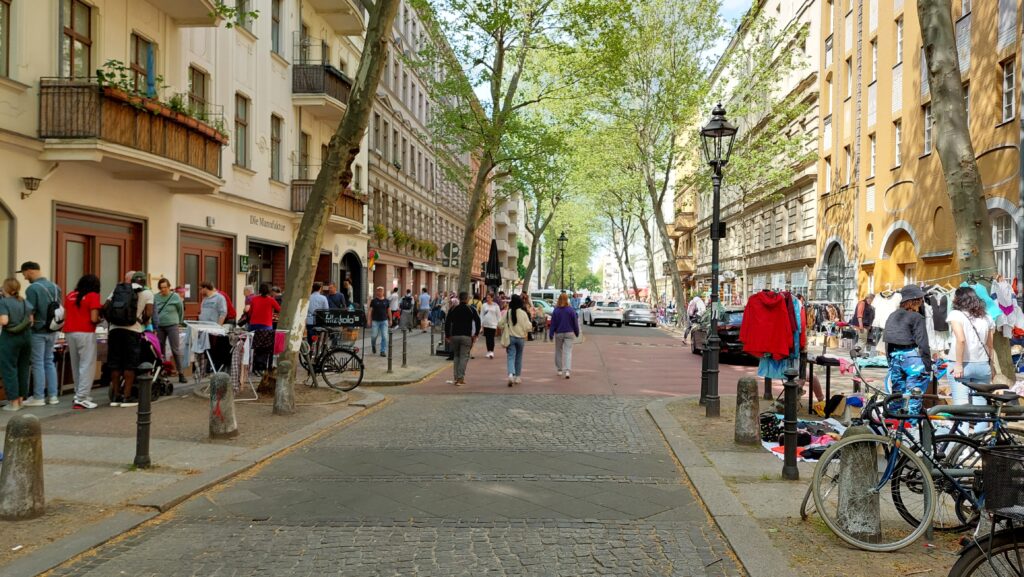
I am glad to be part of this network because I strongly believe that exchanging experiences with professionals with different backgrounds and cultures is very enriching. This is a way to keep pushing the transformation of cities and mobility towards more inclusive and sustainable models.

Valeria is an Architect and holds a Dual Master in Urban Planning & Mobility. She is an advocate of sustainable mobility and loves cycling. After working in Argentina and The Netherlands, she moved to Germany to further expand her professional career. She is always on the move and looking for new challenges.
Read Berlin-based Valeria’s content here
Learn more about the Global Walkability Correspondents Network here

